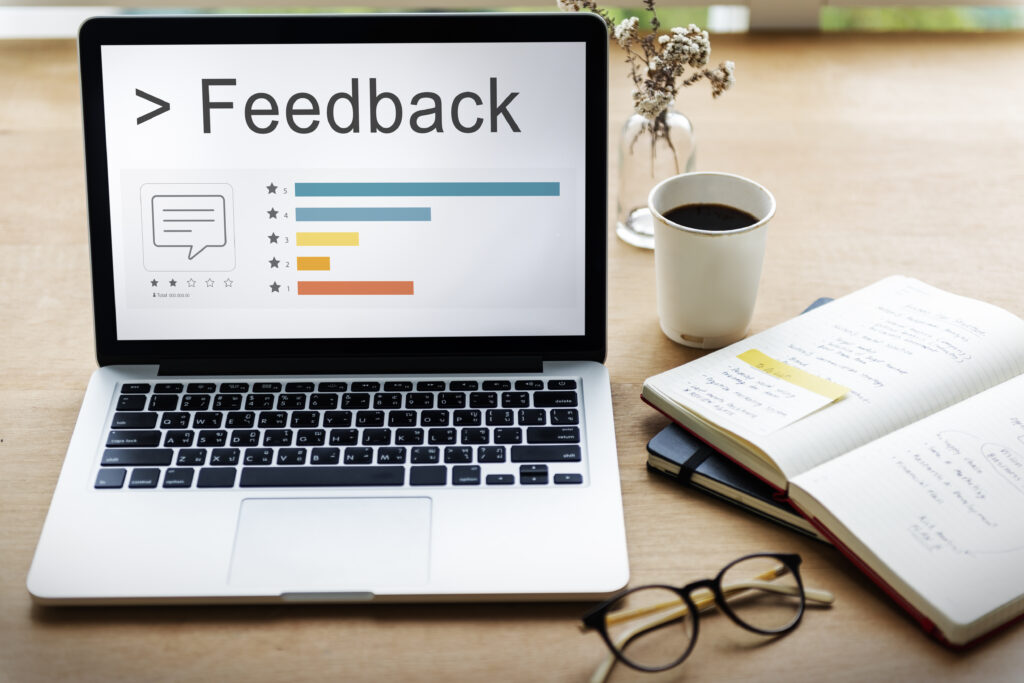Negative feedback on social media is inevitable, no matter how great your product or service is. However, how you respond to this feedback can make all the difference in protecting and even enhancing your brand’s reputation. Here’s how to handle negative feedback on social media effectively.
1. Stay Calm and Don’t Take It Personally
The first step in handling negative feedback is to stay calm and not take it personally. Social media can be an emotional place, and sometimes comments may seem harsher than intended. Take a deep breath and approach the situation with a clear mind.
When I first started dealing with negative comments, it was easy to get defensive. But I quickly learned that staying calm and composed helps you address the issue more effectively and professionally.
2. Respond Quickly and Professionally
Timing is crucial when dealing with negative feedback. Responding quickly shows that you care about your customers and are committed to resolving their concerns. However, it’s equally important to ensure your response is professional and thoughtful.
- Acknowledge the Issue: Start by acknowledging the customer’s concern. This helps validate their feelings and shows that you’re taking their feedback seriously.
- Apologize if Necessary: If the feedback highlights a mistake or issue on your part, offer a sincere apology. Taking responsibility goes a long way in maintaining trust.
- Provide a Solution: Offer a solution or next steps to resolve the issue. Whether it’s providing more information, issuing a refund, or directing them to customer service, make sure your response is actionable.
I’ve found that addressing negative feedback promptly and professionally not only helps resolve the issue but also demonstrates to other customers that you’re attentive and reliable.
3. Take the Conversation Offline
While it’s important to acknowledge the feedback publicly, some issues are best resolved privately. If the situation requires more detailed discussion, invite the customer to continue the conversation via direct message, email, or phone.
- Provide Contact Information: In your response, provide a way for the customer to reach out directly. This helps move the conversation to a private space where it can be resolved more thoroughly.
- Follow Up: After taking the conversation offline, follow up to ensure the issue has been resolved to the customer’s satisfaction.
I’ve found that taking complex or sensitive issues offline helps prevent further escalation and allows for a more personalized resolution.
4. Learn from the Feedback
Negative feedback can be a valuable learning opportunity. Use it to identify areas for improvement in your product, service, or customer experience.
- Analyze the Feedback: Look for patterns in the feedback you receive. If multiple customers are mentioning the same issue, it’s a sign that something needs to be addressed.
- Make Necessary Changes: Use the insights gained from negative feedback to make improvements. This not only helps prevent future complaints but also shows customers that you’re committed to continuous improvement.
I always take the time to review and learn from negative feedback. It’s an important part of growing and refining your business.
5. Show Appreciation for Positive Feedback
While dealing with negative feedback is important, don’t forget to show appreciation for positive comments as well. Responding to positive feedback helps build a strong, loyal community around your brand.
- Thank Your Customers: A simple “thank you” goes a long way in making your customers feel valued.
- Share Positive Reviews: Highlight positive feedback by sharing it on your social media channels or website. This can help balance out any negative comments and reinforce your brand’s positive image.
When I started actively engaging with positive feedback, I noticed an increase in customer loyalty and overall brand sentiment. It’s a great way to build a positive community around your brand.
Wrapping It Up
Handling negative feedback on social media is all about staying calm, responding quickly, and addressing the issue professionally. By taking the conversation offline when necessary and learning from the feedback, you can turn a potentially negative situation into an opportunity for improvement and customer satisfaction.
Remember, how you handle negative feedback can have a lasting impact on your brand’s reputation. Approach each situation with care, and you’ll not only resolve the issue but also build trust and loyalty with your audience.


